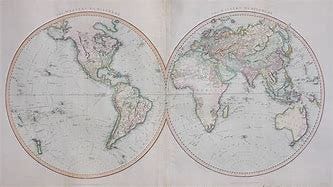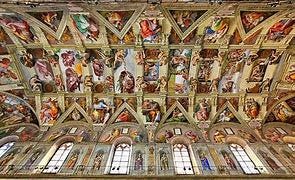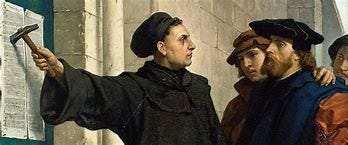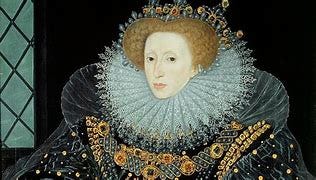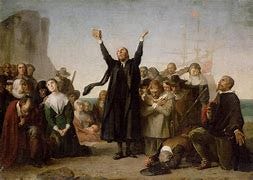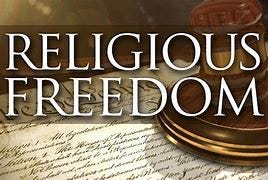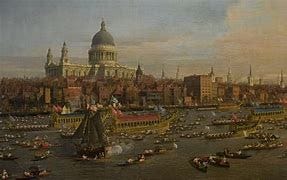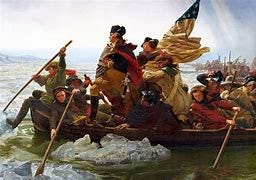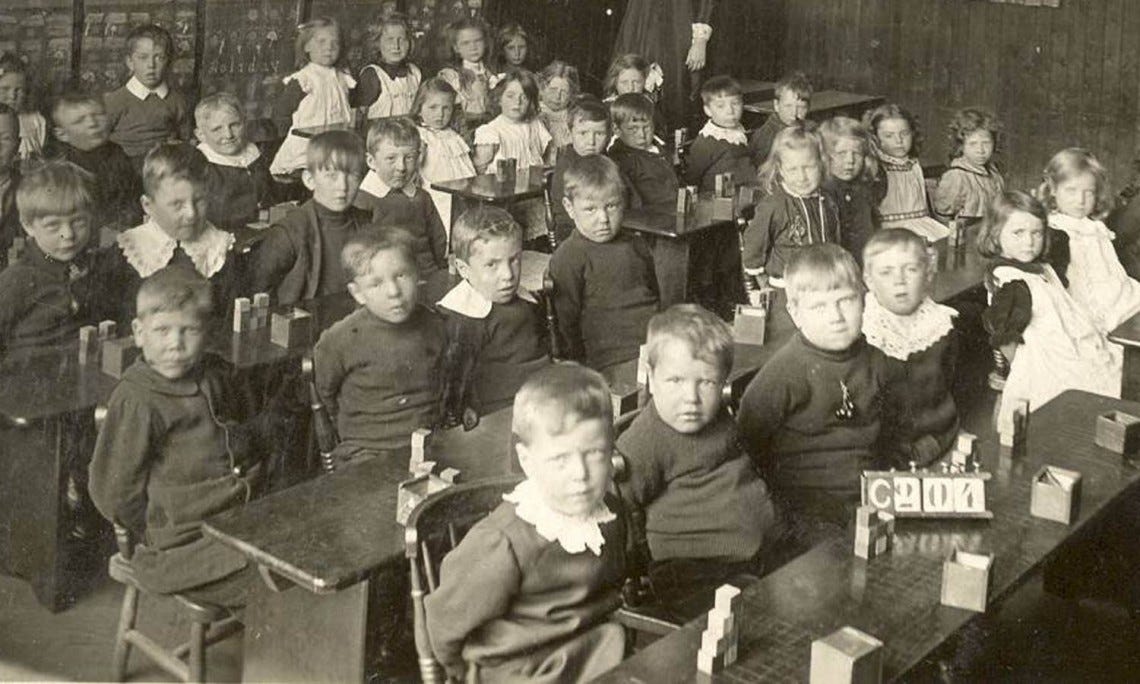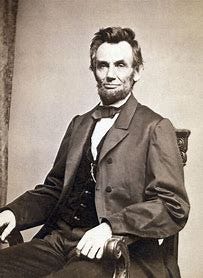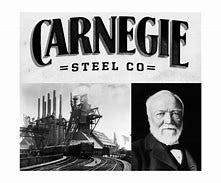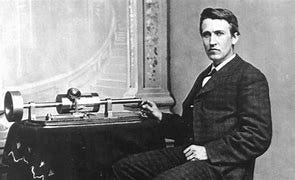“The great converters of people,” said Pierre Teilhard de Chardin, “have always been those in whom the soul of their age burnt the most brightly.”
History has always been a parade of generations moving through time and life together. Especially in Europe and America, the written record since the arrival of the printing press in 1445 enables us to see this Parade with clarity and to be empowered by it.
So I hope you’ll find it insightful to take a look at the 17 generations born from 1433 to 1859 by taking each generation just one paragraph at a time. (I use the 17 names first offered us in 1990 by generational experts William Strauss and Neil Howe.)
First (born 1433 to 1460), the Arthurian Generation of Christopher Columbus, Amerigo Vespucci, the polymath genius Leonardo da Vinci (the ultimate embodiment of the Renaissance), and Renaissance thinker Marsilio Ficino showed people of the Eastern hemisphere that there is a Western hemisphere — the Americas.
Second up in the Parade (born 1461 to 1482) was the Humanist Generation of Ferdinand Magellan — a dozen and a half of whose sailors made it around the world from Seville to Seville — the greatest artist of the Renaissance (and all time), Michelangelo, leading Renaissance thinkers and writers Desiderius Erasmus, Pico della Mirandola, and Cassandra Fedele, and astronomer Nicolaus Copernicus, who inspired the rise of the fact-observing Scientific Revolution.
Third to arrive (born 1483 to 1511) was the Reformation Generation of Phillippus Paracelsus (who popularized the idea that diseases have specific causes from outside the body), the other great High Renaissance artists Raphael and Titian, Renaissance architect Andrea Palladio, Renaissance educator Juan Luis Vives, the wise and perceptive novelist Francois Rabelais, and Rev. Martin Luther, Rev. John Calvin, King Henry VIII, and Rev. John Knox. The Reformers founded modern botany, modern medicine, and Protestant Christianity, which brought with it a new awareness of individual conscience, personal judgment, and voluntary consent to authority.
Fourth up in the Parade (born 1512 to 1540) was the Reprisal Generation of the wise and prudent Queen Elizabeth I, the great Catholic composer Orlande de Lassus, modern anatomist Andreas Vesalius (with his 663 pages of drawings of the human body), and modern zoologist Konrad Gesner. The Reprisals showed us how to sacrifice and manage crises so that younger generations can enjoy a glorious new era.
Fifth (born 1541 to 1564), we see the orderly and prosperous Elizabethan Generation, who produced the greatest literary mind of all time, William Shakespeare, as well as the brilliant novelist Miguel de Cervantes, the prolific playwright Lope de Vega, the great poets Philip Sidney and Edmund Spenser, the modern physiologist Santorio Santorio (with his thermometer, weight scales, and pulse measuring device), and the astronomer Galileo Galilei.
In sixth place (born 1566 to 1587) was the Parliamentary Generation, who gave us the poetry of John Donne and the astronomy of Johannes Kepler.
Seventh in the Parade (born 1588 to 1617) was the Puritan Generation of epic poet John Milton, British leader Oliver Cromwell, American colonial founder John Winthrop, and the great Spanish playwright Pedro Calderon de la Barca. The Puritans showed us a heavily theocratic alternative to monarchy.
Eighth (born 1618 to 1647), the Cavalier Generation gave us Isaac Newton’s classical physics, Anton von Leeuwenhoek’s discovery of bacteria, the playwrights Moliere and Jean-Baptiste Racine, John Locke’s vision of representative government, and — in England in 1688 — the world’s first model of nationwide religious liberty.
Ninth (born 1648 to 1673), the Glorious Generation of William of Orange showed us how to ably soldier crises and then build new infrastructure in an era of robust but stable economic growth.
Tenth in line (born 1674 to 1700) was the Enlightenment Generation of democratic political philosopher Charles Louis Montesquieu and world-historical composers George Frideric Handel, Johannes Sebastian Bach, and Antonio Vivaldi.
Eleventh to arrive (born 1701 to 1723) was the Awakening Generation of Rev. John Wesley with his highly positive Methodist Christianity, Rev. George Whitefield, Rev. Jonathan Edwards, and Benjamin Franklin. In America, the Awakeners advanced their vision of a Republic built on virtue and principle, and they emancipated all Northern slaves.
Twelfth (born 1724 to 1741) was the Liberty Generation of composer Joseph Haydn and American Revolutionaries George Washington, Thomas Paine, George Mason, and Mercy Otis Warren. The Liberty financed, managed, and led the American Revolution with cunning, courage, and altruistic sacrifices for future generations. Then they gave the world the American Bill of Rights and the first successful model of large-scale self-governance.
Arriving 13th (born 1742 to 1766) was the Republican Generation of chemist John Dalton, biologist Jean-Baptiste Lamarck, the first great global intellectual Johann von Goethe, the genius poet-artist William Blake, the greatest musical composer of all time, Wolfgang Amadeus Mozart, the playwright Friedrich Schiller, and founding American statesmen Thomas Jefferson, James Madison, Alexander Hamilton, John Jay, and John Marshall. After heroically soldiering the American Revolution, the Republicans gave us the U.S. Constitution and federal courts and — in the Republican High from the 1790s to 1810s — built a dynamic, expanding America with well-ordered communities. At the earliest date possible, they abolished the importing of slaves.
Up 14th in the Parade (born 1767 to 1791) was the Compromise Generation of President Andrew Jackson, the great composer Ludwig van Beethoven, poets William Wordsworth and Friedrich Holderlin, philosopher G.W.F. Hegel, the brilliant novelist Jane Austen, and electromagnetism scientist Michael Faraday. In America, in major acts like establishing universal free public schools and the right of all White men to vote, the Compromisers expanded political and economic opportunity.
The 15th generation (born 1792 to 1821) was the Transcendental Generation of Queen Victoria, Abraham Lincoln, abolitionists William Lloyd Garrison and Frederick Douglass, biologist Charles Darwin, Romantic poets John Keats and Percy Bysshe Shelley, the great American poet Walt Whitman, the great novelists Honore de Balzac, Charles Dickens, Fyodor Dostoevsky, and George Eliot (Mary Ann Evans), literary genius Victor Hugo, and spiritual leaders Rev. Charles Finney, Ralph Waldo Emerson, and Margaret Fuller. As parents and school leaders, America’s Transcendentals established report cards to improve youth intelligence and behavior. And they led America into the Civil War, through which they preserved the Union and emancipated all American slaves.
Next up, 16th in the modern Parade (born 1822 to 1842), was the Gilded Generation of General U.S. Grant, business leaders Andrew Carnegie, John D. Rockefeller, and J.P. Morgan, pioneering scientists Louis Pasteur in medicine, George Mendel in genetics, and James Clerk Maxwell in electromagnetism, the great American poet Emily Dickinson, the playwright Henrik Ibsen, the philosopher-psychologist William James, and the novelist Leo Tolstoy. In the Industrial High of the late 1800s, the Gilded expanded U.S. rail and transportation networks six-fold and built up a muscular factory-based economy. While national Gilded leaders delivered 28 federal surpluses in a row (and paid down two-thirds of our Civil War debt), state and local leaders constructed thousands of high schools and built up our modern cities — complete with streets, bridges, water and sewer lines, libraries, parks, and playgrounds.
And in 17th place (born 1843 to 1859) was the Progressive Generation of Presidents Theodore Roosevelt and Woodrow Wilson, physicist Max Planck, novelist Henry James, playwright August Strindberg, and visionary inventor-businessmen George Eastman, Alexander Graham Bell, Thomas Edison, and George Westinghouse. Bell, Eastman, and Edison revolutionized daily life with phone calls, affordable photography, recorded sound, and films. (As he chose each song Americans heard on their phonographs and then each film Americans saw at the cinema, Edison became the world’s first media mogul.) American Progressives made business competition freer and politics and government fairer. They ushered in cleaner elections, more expert management, initiatives and referenda, workplace safety provisions, and conservation of forests and other natural resources.
And that is the last generation I can sum up in one paragraph. To be continued . . .


